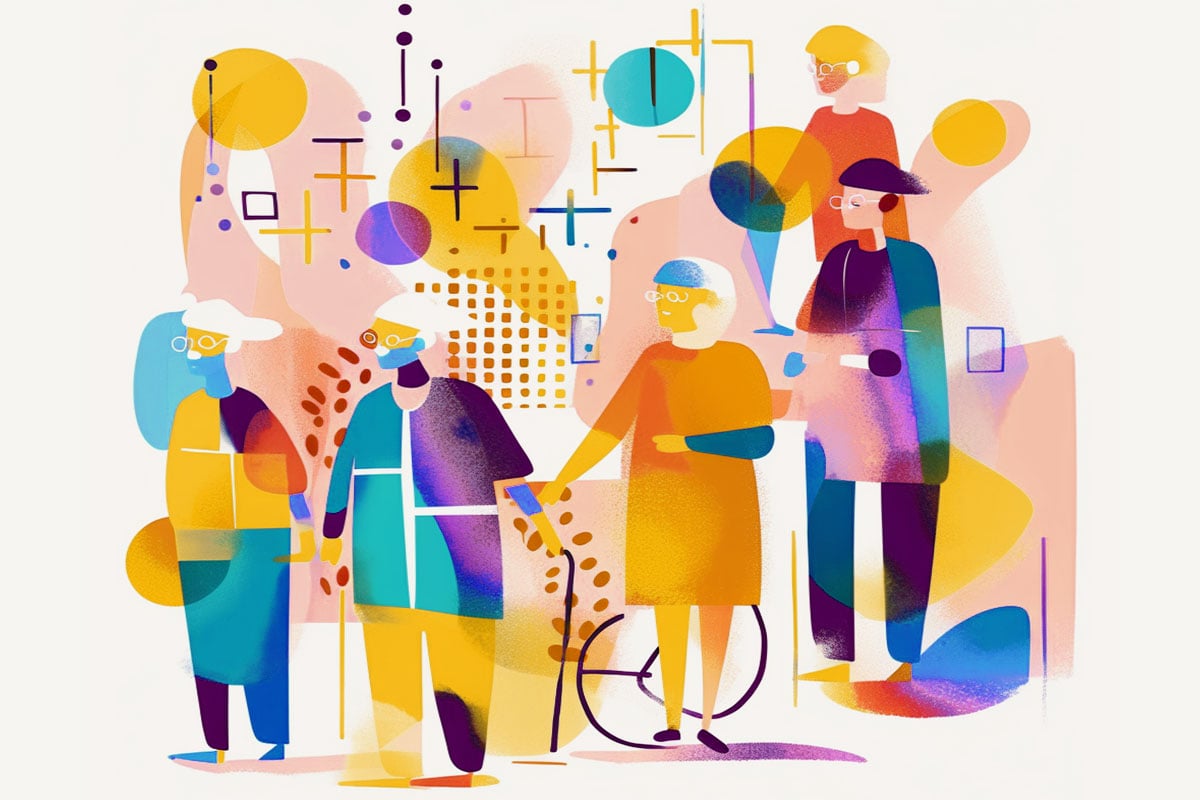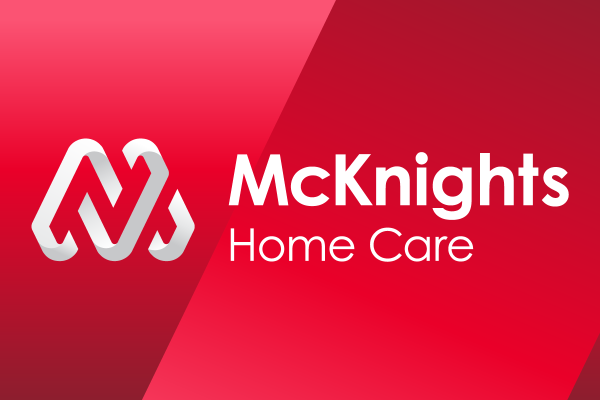Imagine working a full-time job for a year and not getting paid for it. Now imagine going 2 – or even 3 years – with no paycheck or income to show for your efforts.
For many middle-aged adults with a parent or loved one who needs care, this scenario can often become an unplanned reality. With a shortage of professional caregivers (at Honor, we call them Care Professionals or Care Pros, because that’s what they are), the care for aging loved ones primarily falls on at least one working family member.
According to AARP, 38 million American family caregivers will provide roughly 36 billion hours of unpaid care in 2023. If they were paid the going rate for home care, their work would cost $600 billion.
It’s an issue that not only affects the financial health of families, but also the health of the global economy.
As the world continues to age (10k+ people turn 65 every day), many countries will be forced to allocate an even larger share of their GDP into health care, creating more financial strain on government bodies. In fact, some experts believe the U.S. could lose roughly $290 billion in GDP a year by 2030, due to a lack of available care workers and lost productivity in the paid labor force.
The good news is, today, we are well on a path to prevent this impending economic crisis through innovation. In the home care space, we’ve already seen how technology can drastically improve Care Pro retention, keep older adults in their homes longer, remove inefficiencies in providing the right level of quality service to older adults, and relieve the stress and costs for family members, who otherwise would have been responsible for providing the care. We’ve also seen how a centralized, cloud-based platform can unlock new capabilities in multiple master service agreements, resulting in immediate benefit to Care Pros and clients. Given massive technological leaps with machine learning, mobile, and logistical software, we are solving for this growing need.
Make aging tech a priority
When you think of high-tech gadgets and gizmos, older adults don’t typically come to mind. But in reality, older adults now play a big part in driving our tech-infused economy. And they’re quickly closing the gap with younger generations in adopting new innovations in their daily lives.
Surprisingly, the vast majority of the home care industry has yet to get behind this aging tech swing. The industry has historically been slow to embrace new technology in its operations, with many corporate owners and investors believing it to be too risky or something older adults wouldn’t or couldn’t use. Despite a pandemic that has forced the world to invest more in healthcare and remote technology, only $3 billion of the roughly $300 billion in venture capital was invested in aging technology in 2021.
Honor has shown in the last few years just how impactful these investments can be. Tech is now allowing families to stay in the loop with their loved one’s care without having to miss work. It’s centralizing operations so agencies can provide quality care for more clients. Artificial intelligence (AI) is enabling more durable client-Care Pro matches and increasing satisfaction for all stakeholders. Predictive technology is enabling proactive care plan updates. And almost all of this technology is working in the background—resulting in higher quality, more personalized experiences for both clients and Care Pros.
Enabling older adults to stay in their homes longer can mean they’ll spend less time in a hospital, assisted living facility, or hospice facility – all of which are more expensive than home care. But lowering these costs and stabilizing the economy starts with a healthy workforce. And, spoiler alert: there’s tech for that, too.
Honor’s Care Platform not only matches Care Pros with clients who better suit their skills and preferences. It also gives them agency over building their schedules, provides immediate feedback on their job performance, and delivers up-to-minute information on their clients’ evolving care needs. All of this empowers them to do their best work.
Much like nursing has changed over the past two decades with options to work in locations based on pay and preference, tech can give Care Pros more control in their careers. And with a workforce climate that’s more competitive than ever, professionalizing the work experience is imperative to retain Care Pros, attract new ones, and expand care to more aging adults.
Solve for the socioeconomic gap in care
Technology can create better, more personalized care for aging adults and better jobs for Care Pros. But there are still challenges to solve when it comes to providing this high quality care to all in need.
One of the biggest challenges is the alignment of in-home care and insurance. How do we get Medicare Advantage, Medicaid, long-term care insurance, Veterans Affairs and other third party payors to coalesce around home care plans that cover expenses? Today, government services do not cover the full needs of seniors in their homes, covering only certain types of care (e.g., acute care), not paying market rates, or not covering sufficient hours for care providers at home.
Shorter shifts could help fill that gap. Analytics have shown that short shifts are a wildly popular, more affordable option that could meet the needs of both insurers and private pay middle class families, a massive underserved demographic today. The challenge is that no human run agency can manage the logistics of these shorter shifts at scale. But a centralized platform, with automated logistics and matching can and will solve for this need.
In order to expand care to more older adults, we must find new, innovative ways to make short shifts – or caring for 4-5 clients in one day – logistically feasible and worthwhile for Care Pros. And we need public and private payers to take advantage of the upside of keeping adults out of costly hospitals and care facilities by covering in-home care. These solutions will surely require new investments and partnerships within the aging space, including government support for working caregivers.
Invest in the silver economy
With birth rates at an all-time low, it’s not far-fetched to say that older adults may one day effectively be the main driver of the world’s workforce. Right now, those 50+ are responsible for $8.25 trillion of U.S. spending. To put that spending into better context, if this group represented a country, it would have the third largest GDP in the world. And by 2050, this demographic could be spending more than three times that.
This group doesn’t just represent opportunity for health and technology growth. It demands it. And that means investors need to take a bigger stake in elder care innovation and the estimated $17 trillion silver economy. Roughly two-thirds of all Americans will eventually be in need of care and the vast majority want to receive it at home. Advances in home automation, telehealth, and AI will make that possible for more of them, and allow them to use more of their disposable income to keep driving the economy.
Lead by Example
It’s time to define how we, as a society, will move forward. In 30 years, the population of those 65+ will double; those 80+ will triple. We must continue to develop new tech solutions that can solve for the world’s aging population and better our economic security. That means investing in innovation that helps unpaid caregivers and Care Pros alike, and keeps older people in their homes and out of the healthcare system.
In order to avoid an elder care crisis and hundreds of billions in annual economic loss, we must act fast. This needs to be a top priority on both private and public fronts. We all have a hand in this and an opportunity to improve our societal and economic future.
Want to be part of the change for older adults? Join Honor’s award-winning team.




